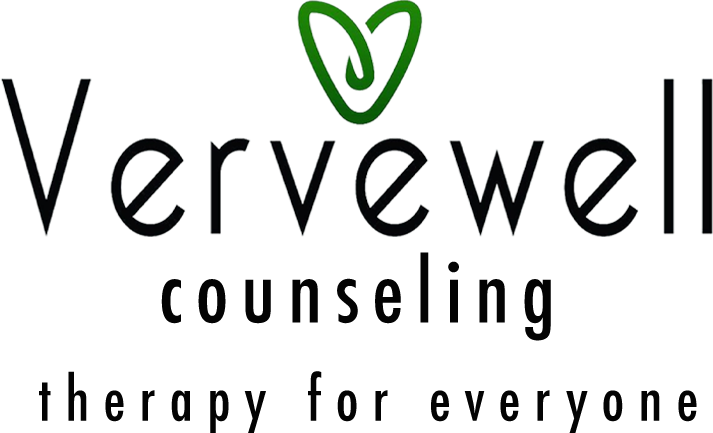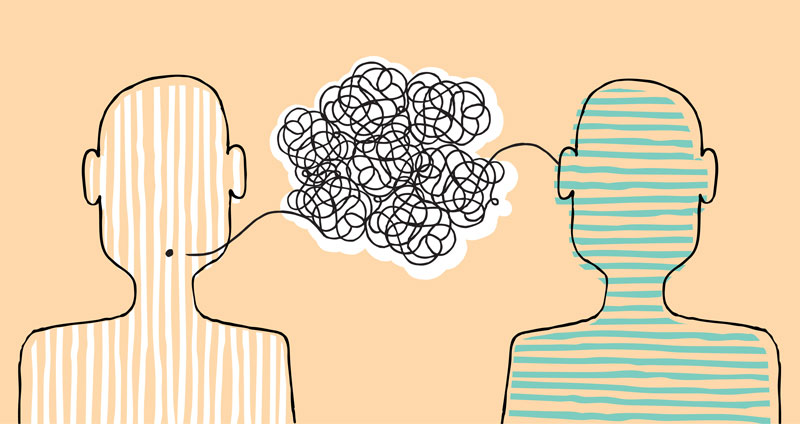Blake Overstreet (LPC Assoc under the supervision of Beth C Lewis, LPC-S) spells out the intrigue and efficacy of EMDR therapy. Blake is certified in EMDR and is welcoming new clients for such. Even if you already have a Vervewell therapist, schedule a few EMDR sessions with Blake. Vervewell therapists works collectively when helpful, and as highlighted in his articles, talk therapy and EMDR work in tandem beautifully.
Eye Movement Desensitization and Reprocessing (EMDR) is a groundbreaking therapy approach that has transformed the mental health field. As a therapist, I often encounter curiosity about EMDR—specifically, how it works and how it can profoundly enhance mental well-being. So, let’s dive into the essential components of EMDR and its life-changing benefits.
What is EMDR?
EMDR is a structured therapy designed to help individuals process and resolve distressing memories and trauma. Developed by Dr. Francine Shapiro in the late 1980s, it has since gained widespread recognition for treating conditions such as post-traumatic stress disorder (PTSD), anxiety, phobias, and even performance-related issues. EMDR targets the brain’s natural healing mechanisms, allowing clients to reprocess traumatic memories in a healthier way.
How Does EMDR Work?
EMDR is rooted in the idea that unprocessed traumatic memories can cause emotional and psychological disturbances. These memories are often stored in the brain in a “frozen” state, triggering intense reactions when similar situations arise. EMDR helps “unlock” and reprocess these memories, reducing their emotional charge and fostering resolution.
The process typically involves eight phases, each tailored to prepare and guide the client toward healing:
- History-Taking and Planning
The therapist works with the client to identify distressing memories and develop a treatment plan. This step builds a foundation of trust and establishes the areas of focus. - Preparation
Clients learn coping skills, such as grounding techniques, to manage emotional distress during and between sessions. This ensures a sense of safety throughout the process. - Assessment
The specific memory and its associated emotions, sensations, and negative beliefs are identified. - Desensitization
During this phase, the client focuses on the traumatic memory while following a bilateral stimulation technique—typically guided eye movements. This helps “unstick” the memory, allowing the brain to reprocess it. - Installation
Positive beliefs about oneself, such as “I am safe now,” are reinforced, replacing negative thought patterns linked to the memory. - Body Scan
Clients check for any lingering physical tension or distress, ensuring the trauma is fully processed. - Closure
The session concludes with grounding techniques, ensuring the client feels stable and empowered. - Reevaluation
Future sessions revisit the progress, refining treatment as needed.
Why EMDR Enhances Well-Being
The benefits of EMDR extend far beyond trauma resolution. By reprocessing distressing memories, clients often experience:
- Reduced Anxiety: EMDR helps regulate overactive stress responses, promoting calmness and clarity.
- Improved Self-Esteem: Replacing negative beliefs with empowering ones fosters a healthier self-image.
- Enhanced Emotional Regulation: Clients gain tools to manage overwhelming feelings more effectively.
- Deeper Connections: Letting go of past pain opens the door to more meaningful relationships.
One of EMDR’s most remarkable aspects is its efficiency. Many clients report significant progress after just a few sessions, making it a time-effective solution for those seeking relief from deeply rooted issues.
Final Thoughts
EMDR is more than a therapeutic technique; it’s a pathway to reclaiming your peace and potential. Whether you’re navigating the aftermath of trauma or looking to overcome persistent anxiety, EMDR offers a structured, evidence-based approach to healing. By unlocking the brain’s innate ability to heal, it paves the way for a brighter, more balanced future.
If you’re ready to transform your well-being, consider exploring EMDR with a trained therapist. Your healing journey is just one step away.
Stay tuned for the second article of three in which Blake explores the neuroscience of EMDR.
At Vervewell, our team of exceptionally skilled therapists offers various styles of and approaches to talk therapy: Psychodynamic, Cognitive Behavioral Therapy (CBT), Solution Focused Therapy, and EMDR. EMDR requires extra certification, which Blake holds. Please feel free to ADD sessions with Blake to explore EMDR, while you KEEP your sessions with your Vervewell therapist. We work collaboratively when this approach is requested by our clients, or encouraged by our team.
As always, in health and wellness.
Blake Overstreet, LPC, is a licensed professional therapist at Vervewell Counseling in Fort Worth, TX, specializing in therapy for teenagers (13+), young adults, adults, and couples.Blake empowers clients to deepen emotional resilience, cultivate meaningful relationships, foster personal growth, uncover purpose and meaning, and overcome self-imposed barriers.While operating primarily from a psychodynamic perspective, Blake also offers EMDR (Eye Movement Desensitization and Reprocessing) for individuals dealing with post-traumatic stress. He sees clients in person and via telehealth across Texas.



